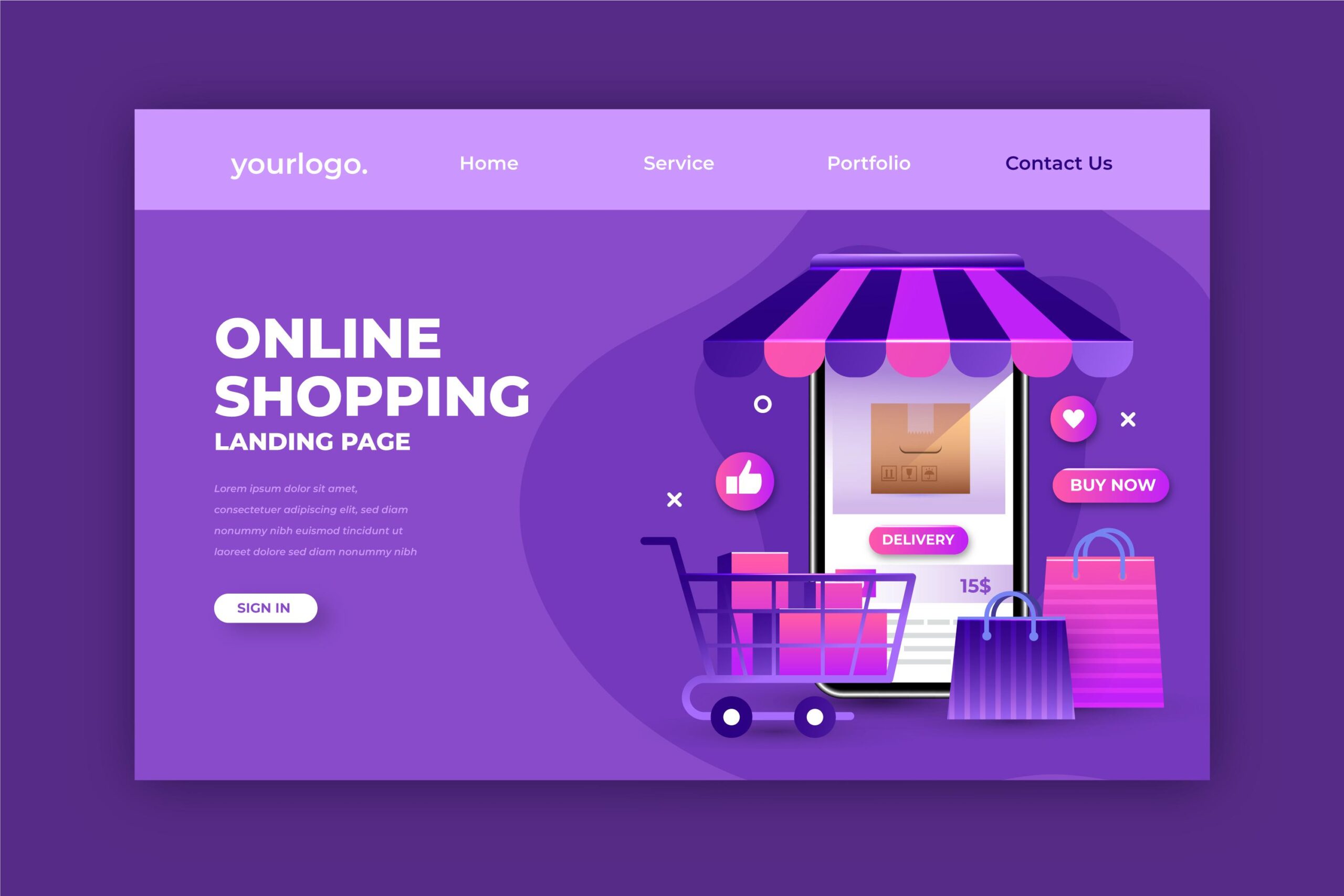Ecommerce is a type of latest shopping trend where people can buy and sell products without visiting stores, markets, etc. Over the last few years, eCommerce has become very popular and there are quite a few types of e-commerce available. Three main types of e-commerce are business-to-business eCommerce, business-to-consumer e-commerce, and consumer-to-consumer e-commerce.
If you want to know more about these e-commerce types and other key facts then you should check the below information!
Overview of Ecommerce
Electronic Commerce mostly known as E-commerce refers to a shopping method where people and businesses buy and sell products electronically over the internet. Ecommerce not only means buying and selling of goods and products, but it also means buying and selling of various services. In fact, ordering anything online or making an online transaction is referred to as eCommerce. Some common examples of Ecommerce websites are Amazon, Flipkart, Shopify, Myntra, eBay, Quikr, Olx, etc. The introduction of Ecommerce has opened up a massive market for both sellers and buyers. According to a recent study, the global eCommerce industry will reach up to $27 Trillion by the end of 2022. The introduction of eCommerce has made the world a huge supermarket.
Types of E-commerce
There are six different types of eCommerce available. They are –
- Business-to-Business (B2B)
- Business-to-Consumer (B2C)
- Consumer-to-Consumer (C2C)
- Consumer-to-Business (C2B)
- Business-to-Administration (B2A)
- Consumer-to-Administration (C2A)
1. Business-to-Business (B2B)
In this type of eCommerce, a business sells products and services to another business. Usually, the producers and traditional wholesalers operate with this type of eCommerce. Here the sales happen in large quantities to a business. Then the business sells these products to customers/consumers. Wholesale sellers are the most common example of business-to-business companies. Some common examples of Business-to-Business eCommerce are Amazon Business, Alibaba, AliExpress, Rakuten, TradeKey, etc.
2. Business-to-Consumer (B2C)
This is the most common type of eCommerce where the business sells products to consumers. In this type of eCommerce model, a business establishes online storefronts and shops for the customers and then sells the foods or services directly to the consumers. Here the traditional retail companies sell their products. The demand for B2C eCommerce is very high thanks to the advent of the web and the internet. You will find lots of B2C eCommerce websites that are selling software, books, shoes, clothes, household items, computers, electronic products, foods, and many more. The largest B2C eCommerce platform in the world is Amazon.Com

3. Consumer-to-Consumer (C2C)
In C2C e-commerce all the transactions happen between consumers. Here one consumer sells products or foods to another consumer. Some common examples of C2C e-commerce are Etsy, eBay, Facebook Marketplace, etc. Let’s say you have bought a t-shirt but it doesn’t fit you. So, you have decided to sell the t-shirt to an online platform. This type of buying and selling is considered as C2C eCommerce.
4. Consumer-to-Business (C2B)
Consumer-to-Business eCommerce allows individuals to sell their products or service to various businesses. In this type of eCommerce, the transaction is made through a third party. Here the 3rd part provides the online platform and the transaction is completed on the platform. For example, if a company hires a part-time graphic designer to design a logo via an online platform like Fiver then it is considered as C2B eCommerce.
5. Business-to-Administration (B2A)
In this type of e-commerce, the business directly sells products or services to a public administration like the government. Here the business can sell goods like office supplies or offer various services. Moreover, in this type of business structure, businesses can bid on open contracts made available by an administration.
6. Consumer-to-Administration (C2A)
This is quite similar to B2A but the main difference is, that here consumers directly sell products or services to a public administration. Here, individuals interact with institutions. Some common examples of C2A are –
- Education
- Social Security
- Taxes
- Health
Advantages and Disadvantages of Ecommerce
| Advantages of eCommerce | Disadvantages of Ecommerce |
| Less business setup cost | If there is any problem with the website then customers won’t be able to purchase products |
| The business will remain open 24/7 | There is no trial option available |
| You can expand the business internationally | The e-commerce business is highly competitive |
| Easily showcase the products with images and descriptions | The shipping cost can be very high and it might take days to receive the order |
| You can offer a personalized online shopping experience to the customers | Security for online transactions is less |
| You can implement and encourage an impulse buy | Lots of fraudulent activities in e-commerce platforms |
| Easily retarget the customers | |
| Customers will have a less invasive shopping experience | |
| AS a business owner you can easily gain access to various customer data |
How to Pick the Right Ecommerce Type for a Business
If you are wondering what is the right e-commerce type for your business then the below information will help you pick the right e-commerce type for your business. Let’s check them out!
- First, you have to identify what type of products or services you are trying to sell. It will help you determine your business details and figure out what e-commerce type will suit your business.
- Next, you have to identify your customer base. You have to find out to whom you want to sell your products or services. Do, you want to sell the products to consumers, businesses or to the administrator? Once you find out your customer base you will be able to pick the right type of e-commerce for your business.
- How much you can produce and sell is also a very important factor to consider. You have to determine your production scale and find out whether it would meet their demand or not. Producing much or less than the demand won’t help the cause of your business.
- Moreover, you have to analyze the market and potential competitors of your business. It will help you determine how comparative the business would be and you will be able to pick the right e-commerce type.

FAQs about What are the 3 Types of E-commerce
What are the examples of e-commerce?
Some common examples of e-commerce are Amazon, Flipkart, Shopify, Myntra, eBay, Quikr, Olx, Toms, Birchbox, Dollar Shave Club, etc.
Which is the most popular example of B2C e-commerce?
Amazon is one of the largest e-commerce websites in the world and it is an excellent example of B2C e-commerce. Other examples of B2C e-commerce are Expedia, Inc., IKEA, Netflix, etc.
What are the elements of e-commerce?
The three elements of e-commerce are customer experience, back-end integration, and digital marketing. These elements are very important for an e-commerce business because they ensure your e-commerce business is running and converting potential customers.
References:
https://sell.amazon.com/learn/what-is-ecommerce
https://www.thebalancesmb.com/ecommerce-pros-and-cons-1141609
Last Updated on August 7, 2022 by Ana S. Sutterfield





